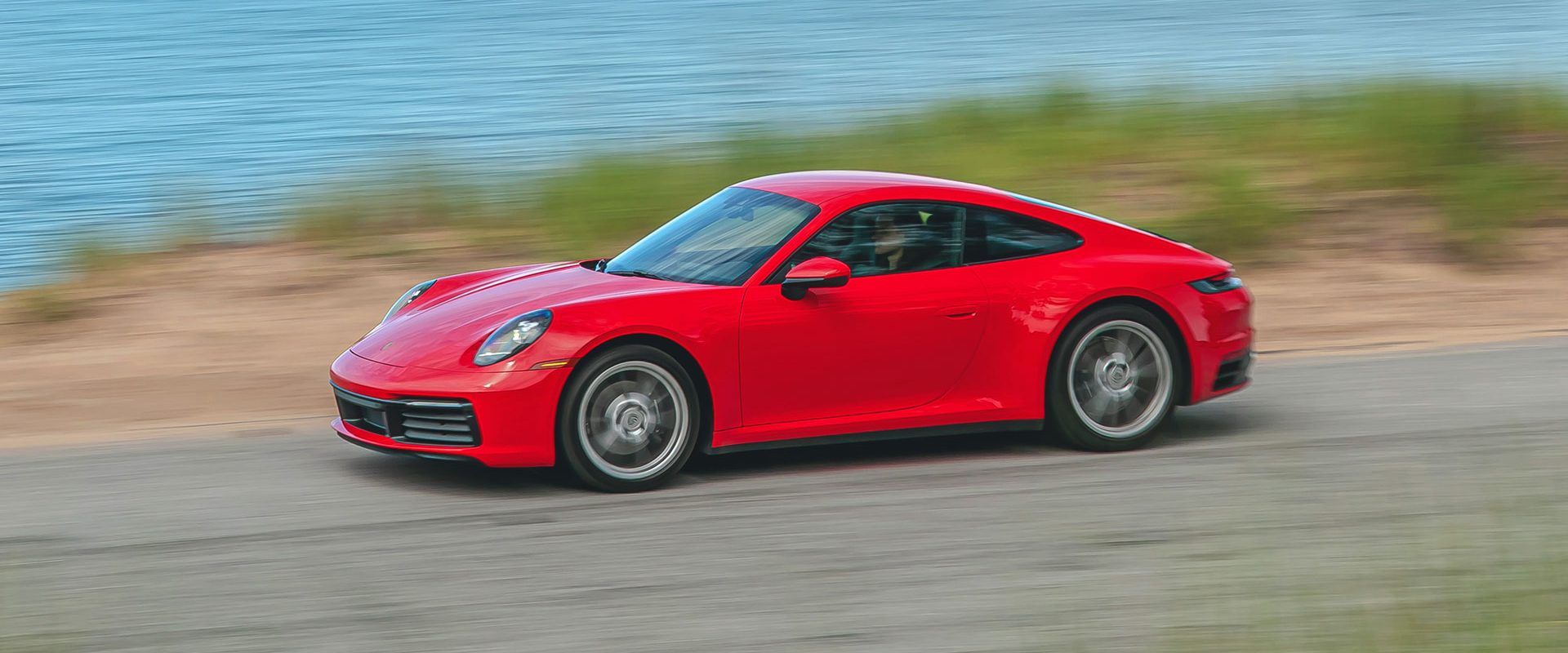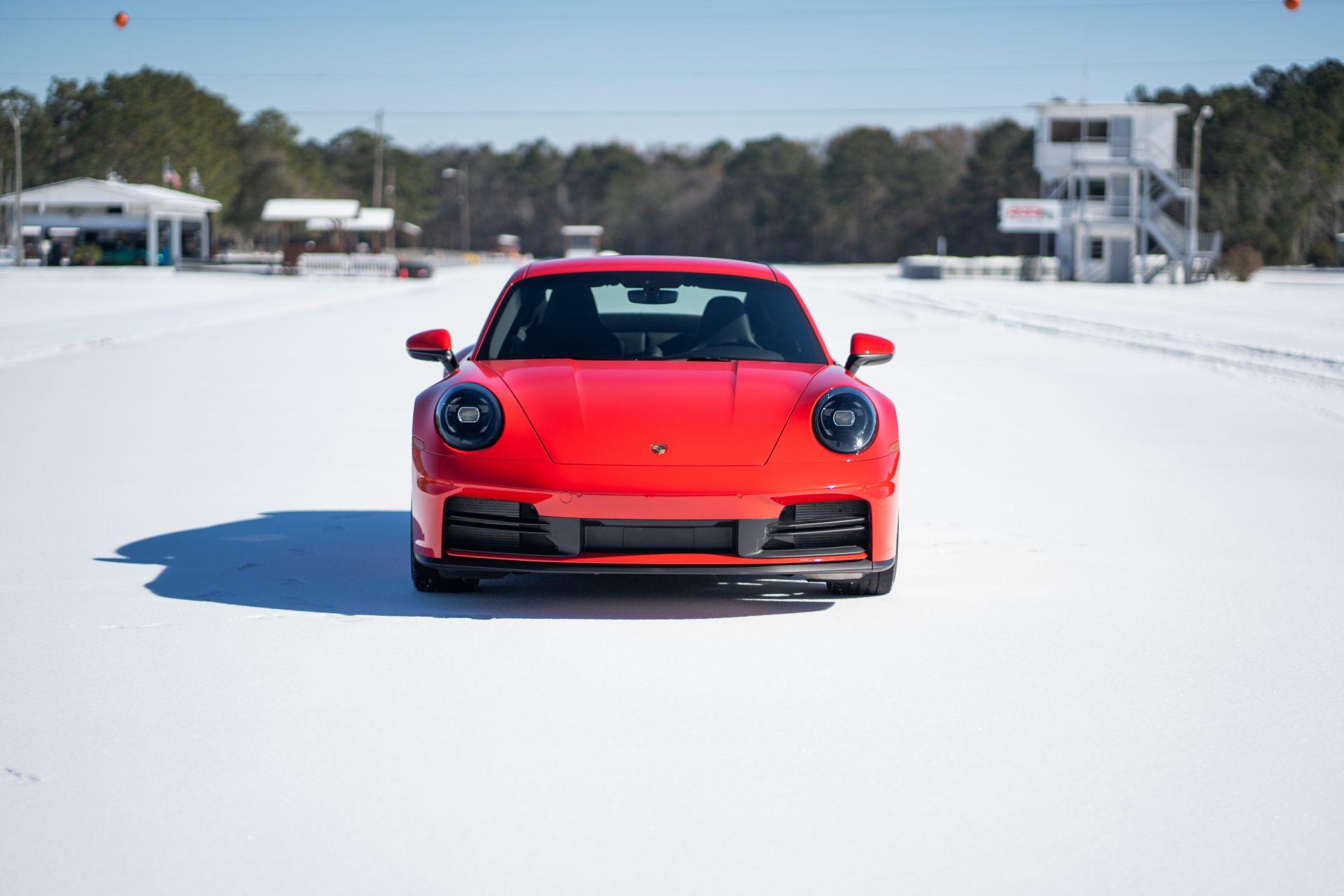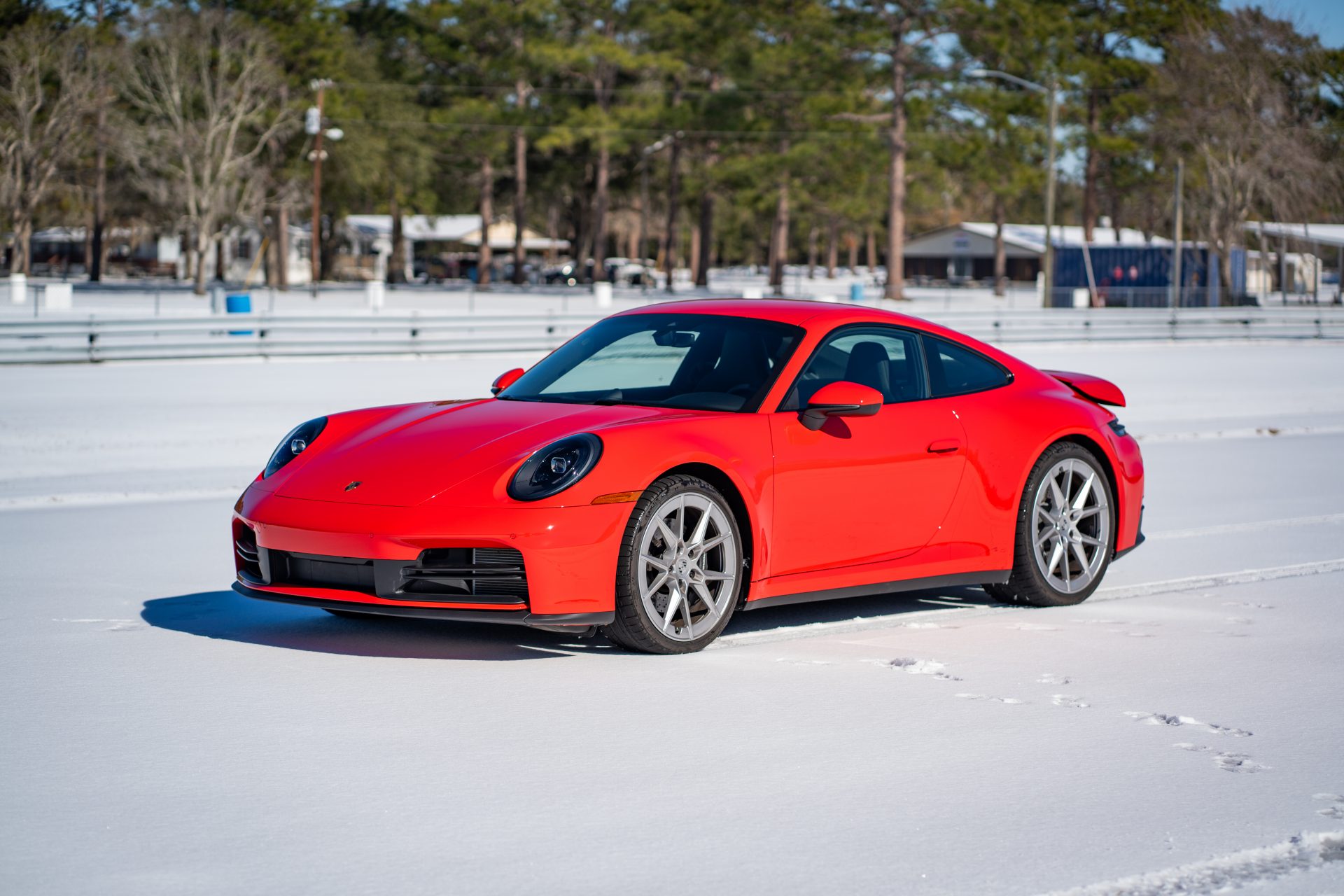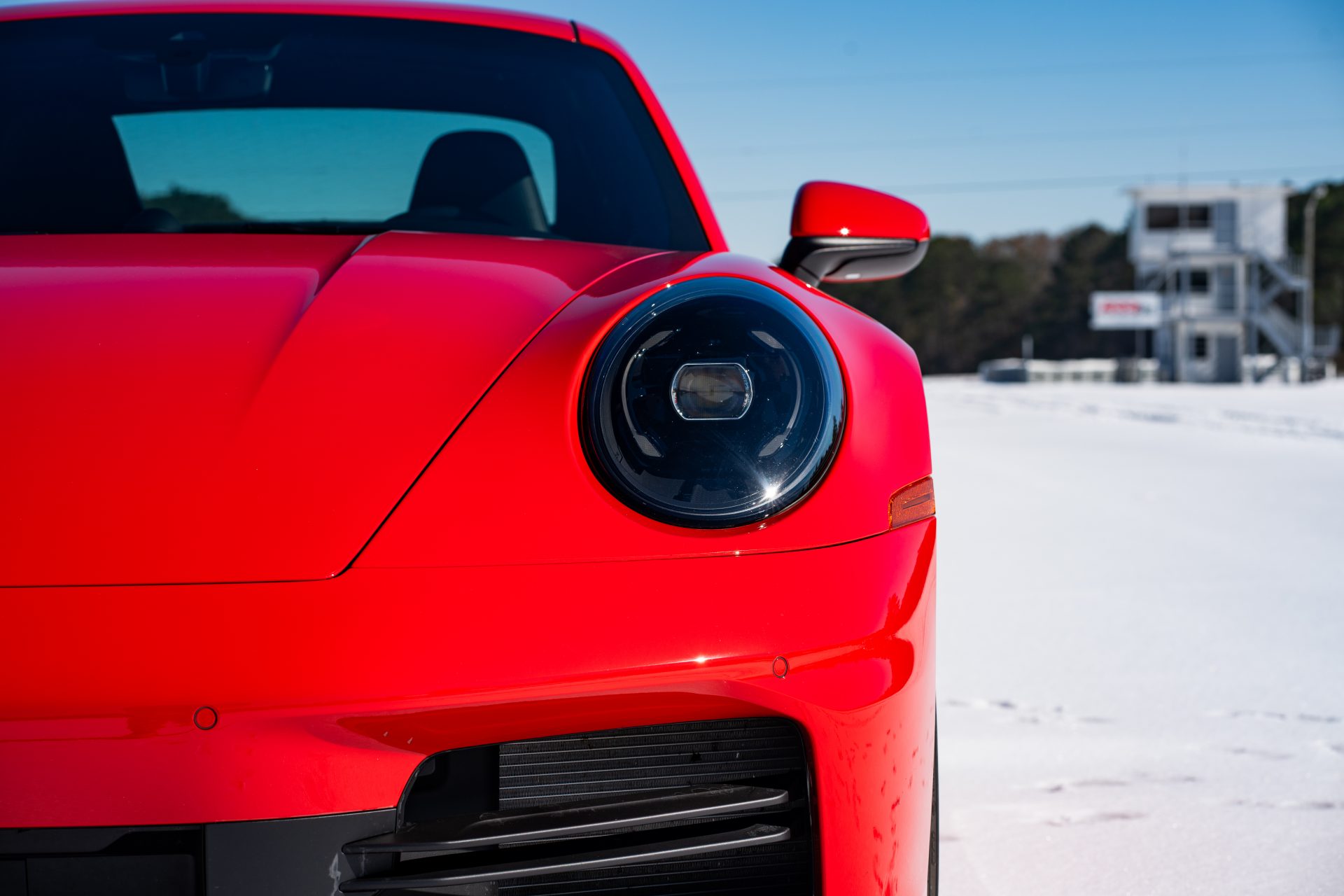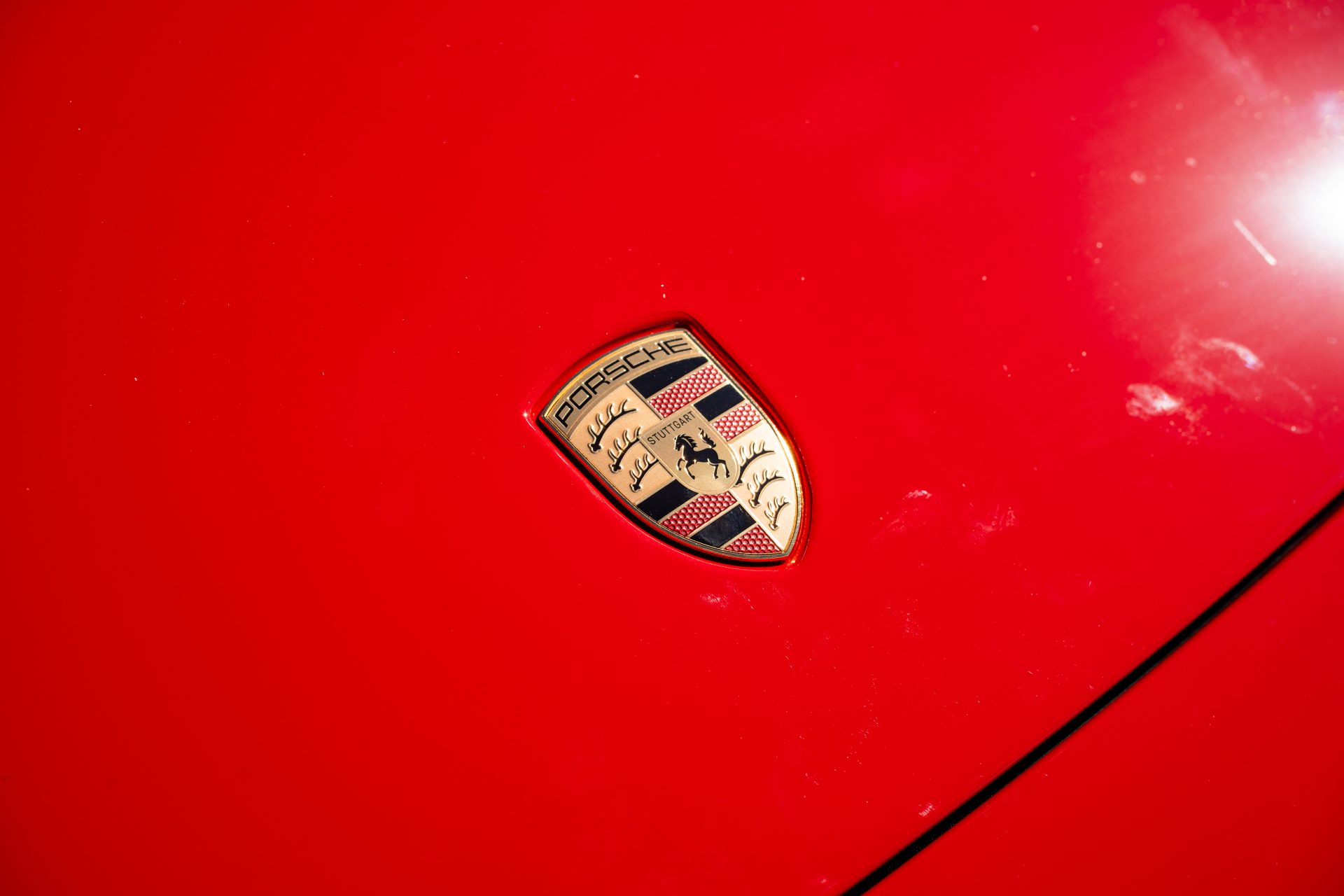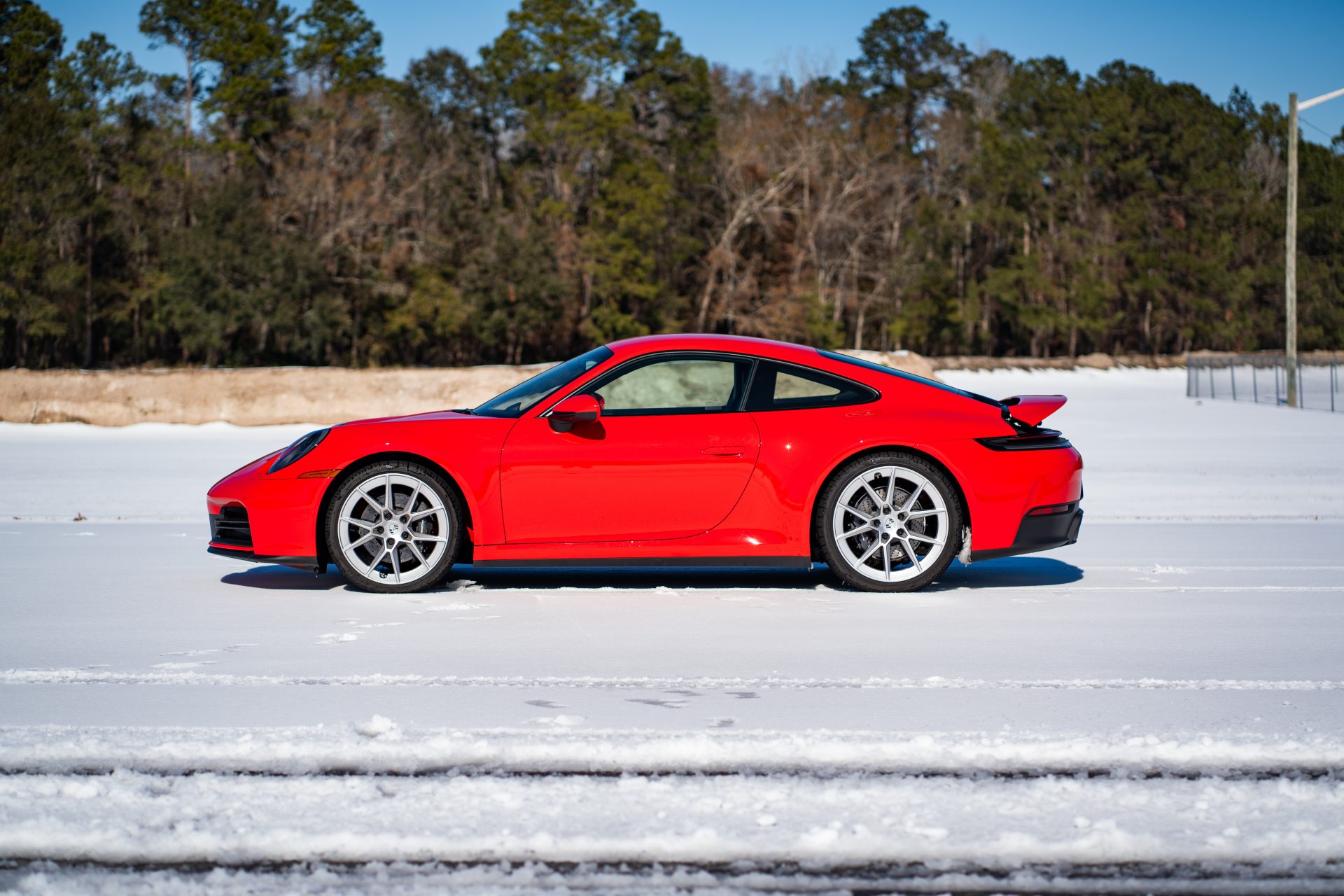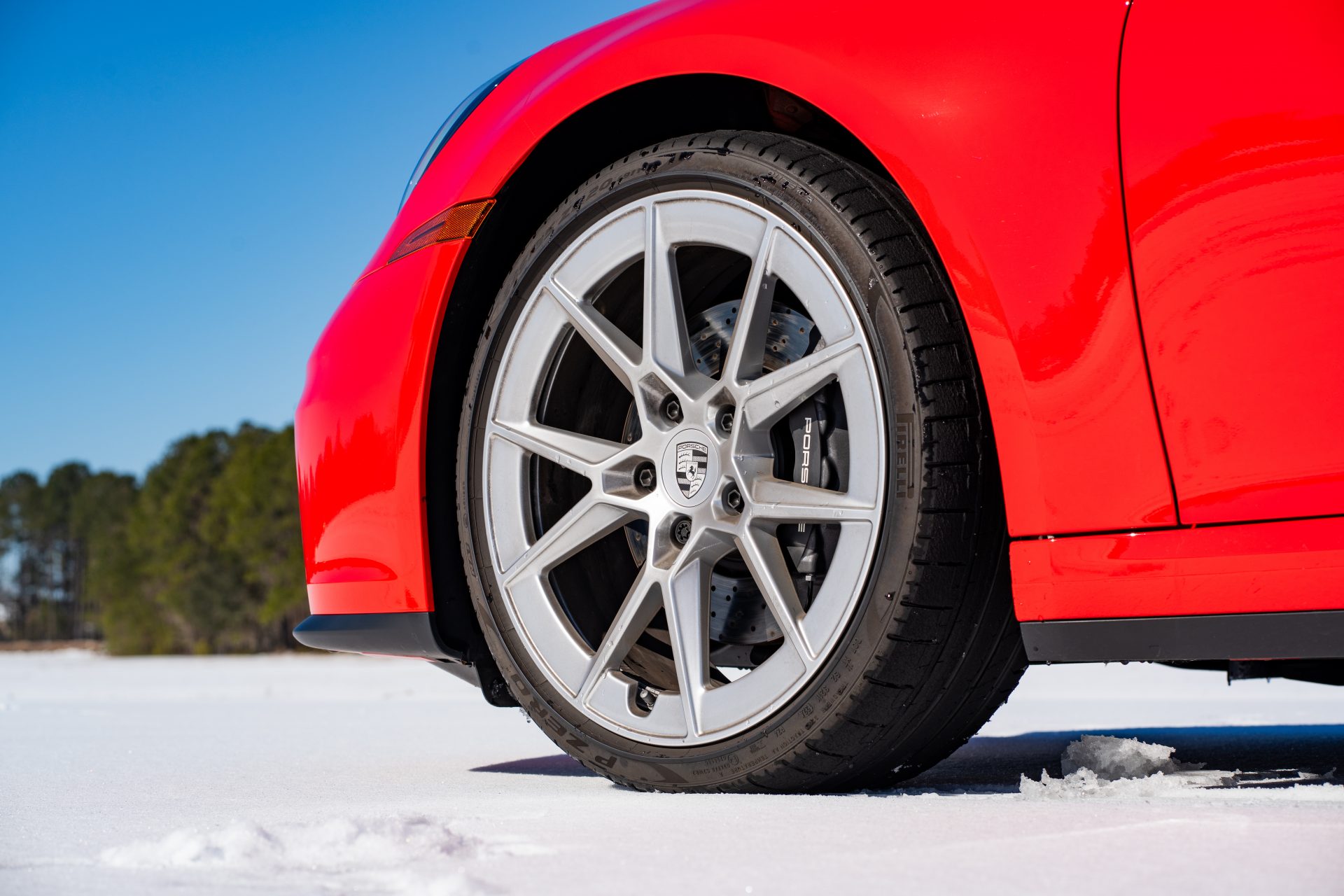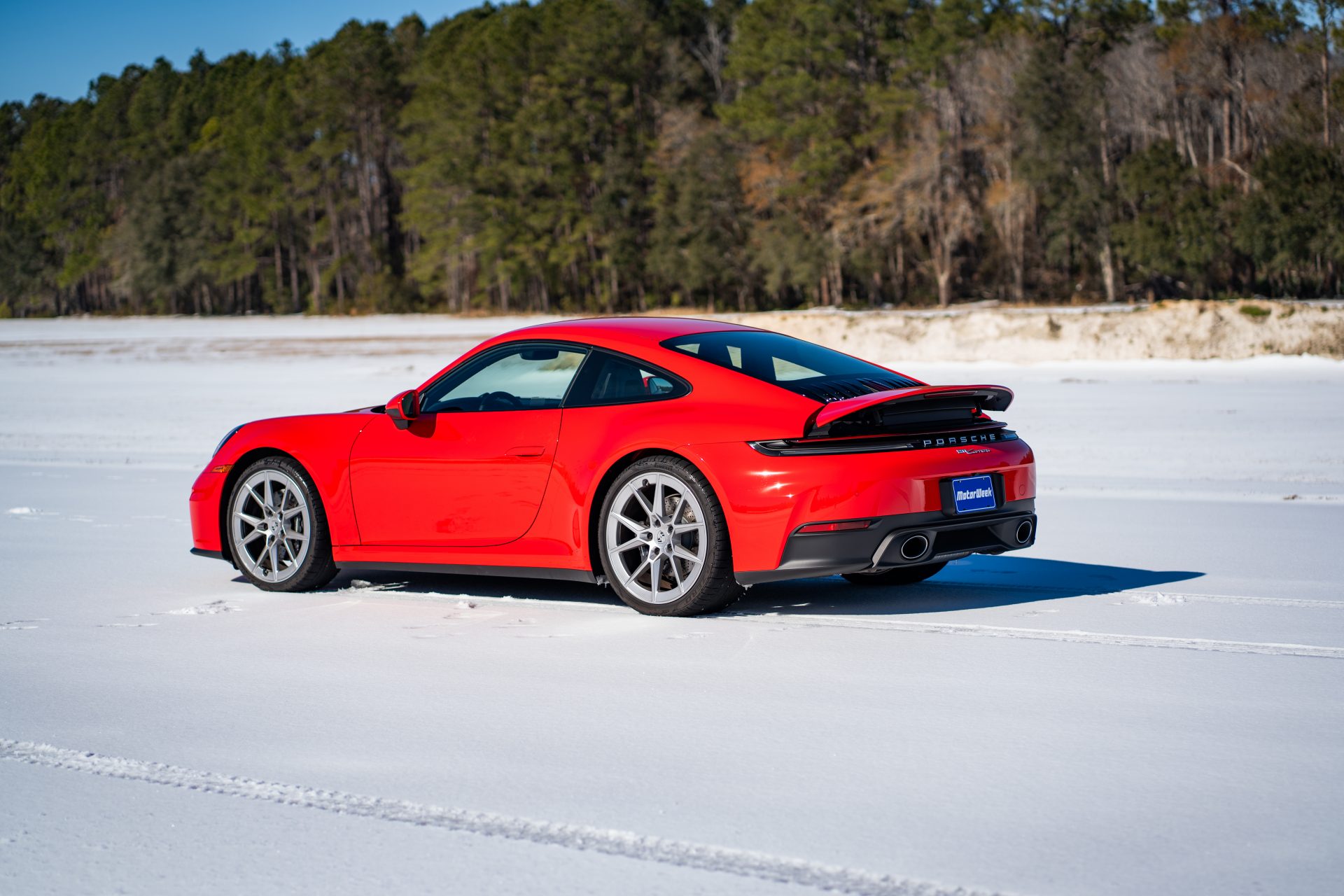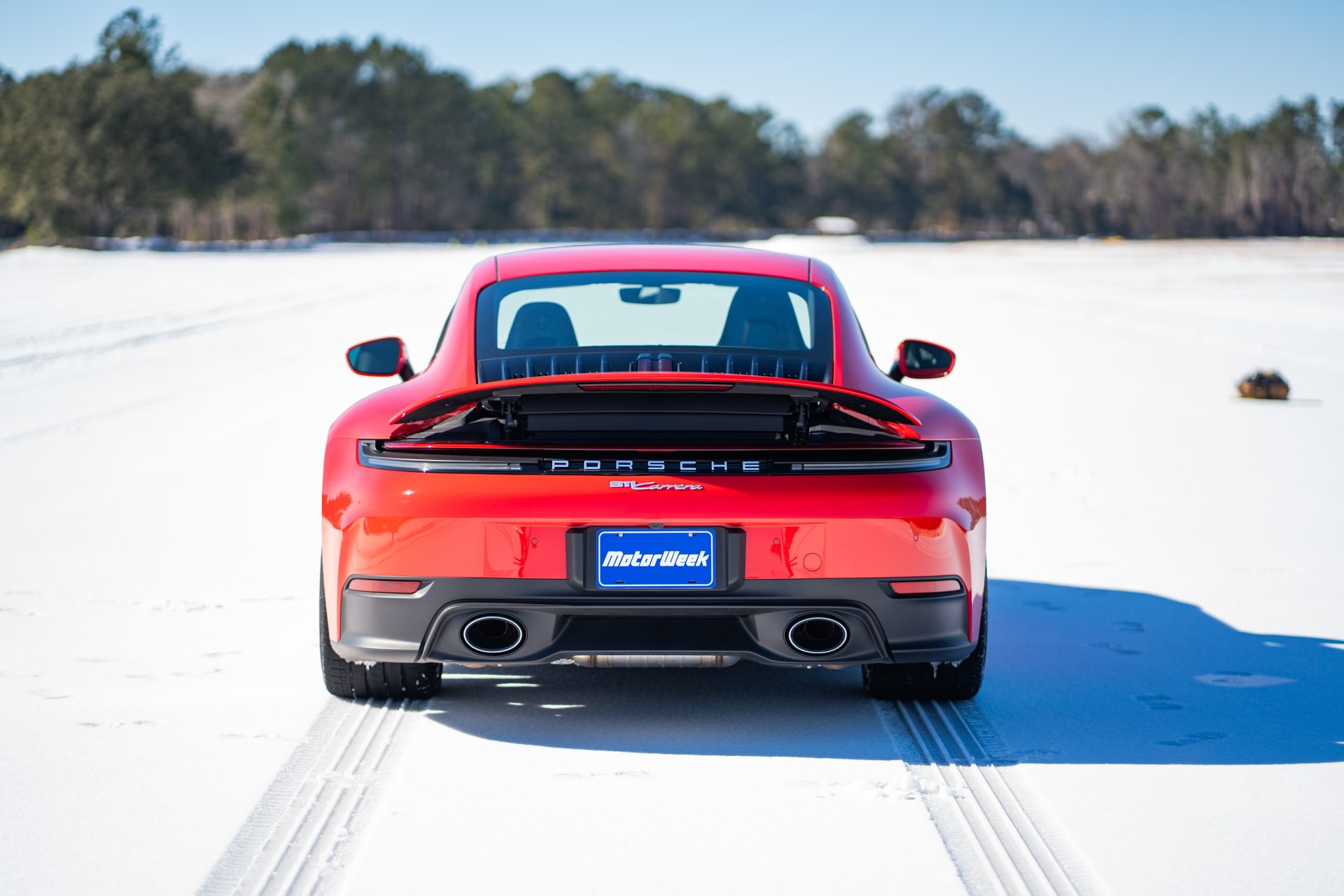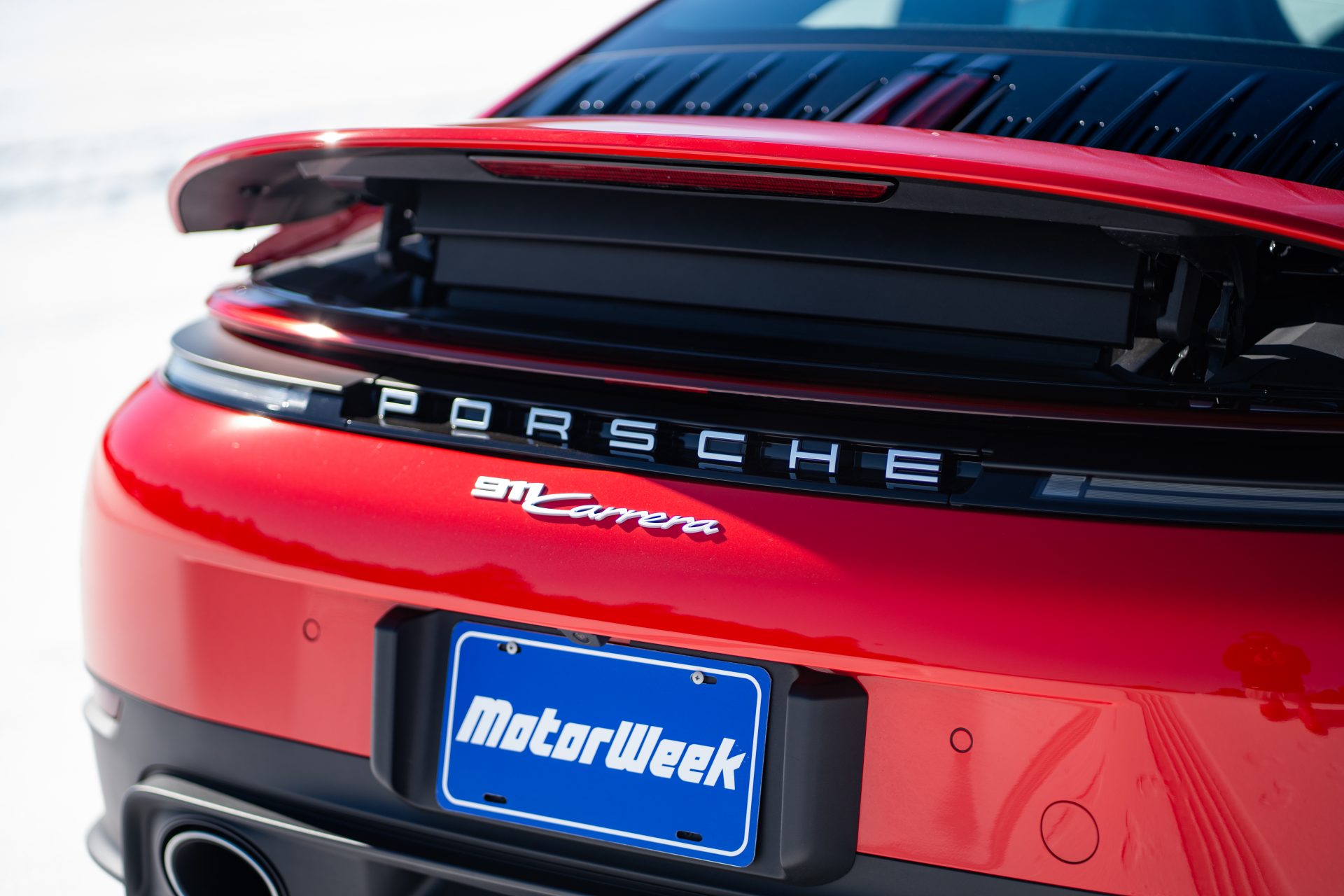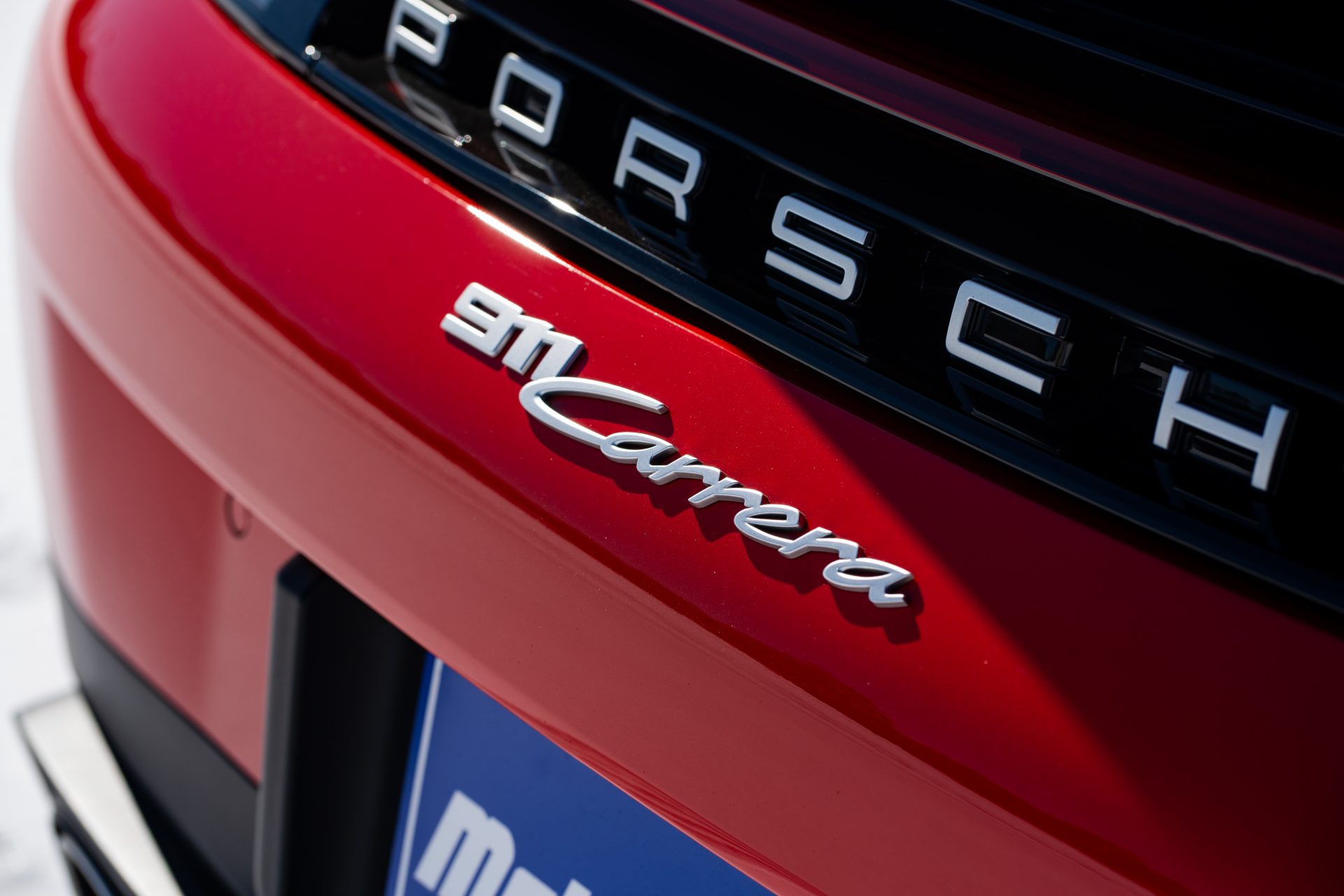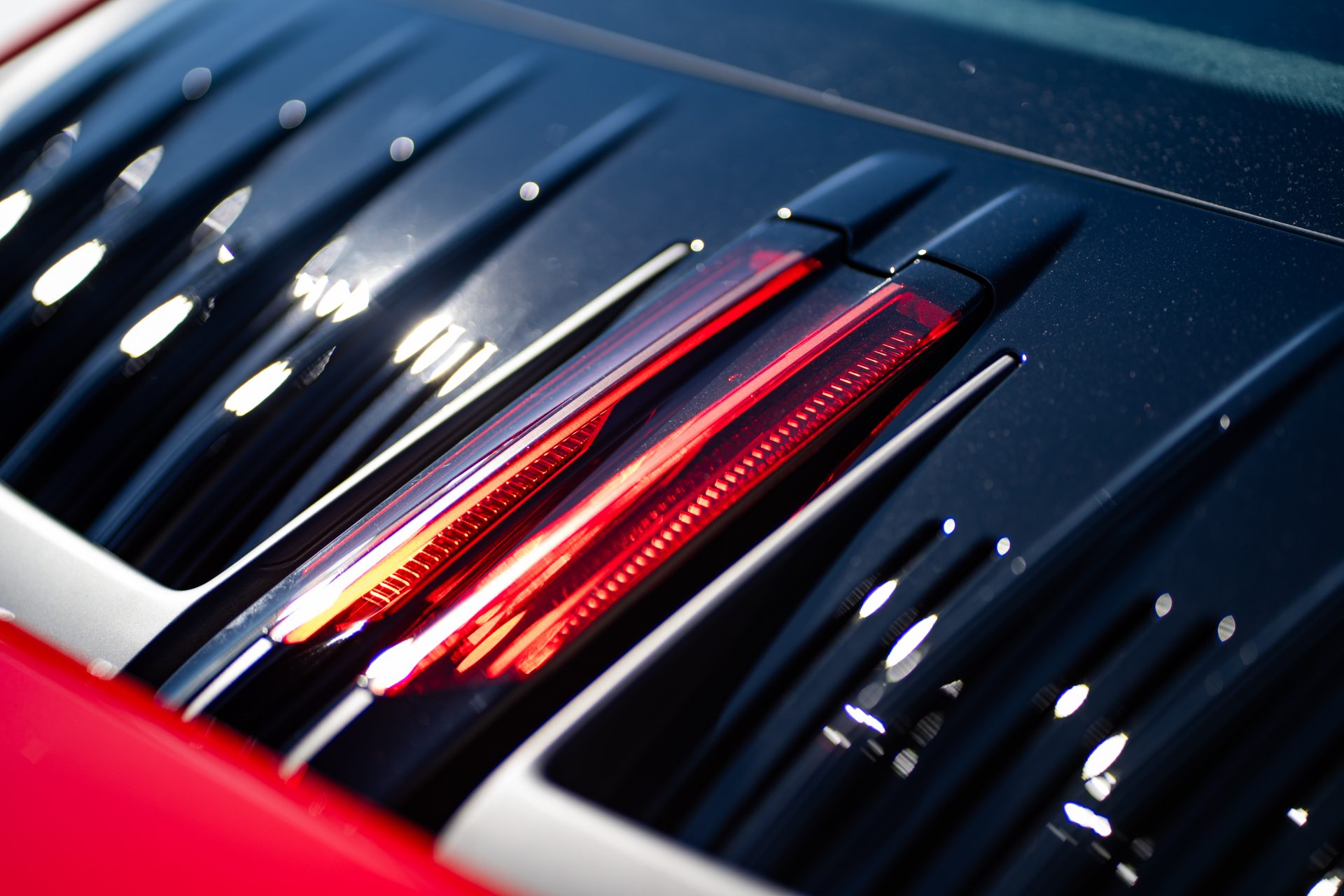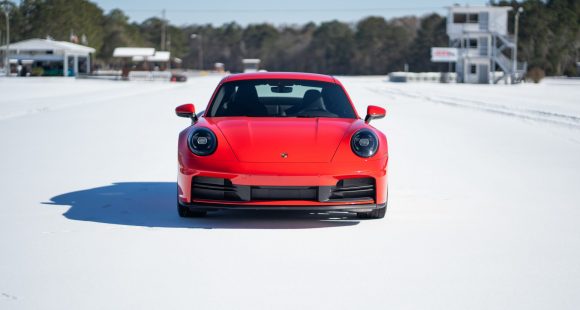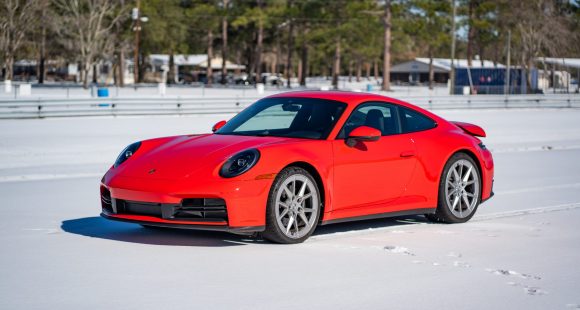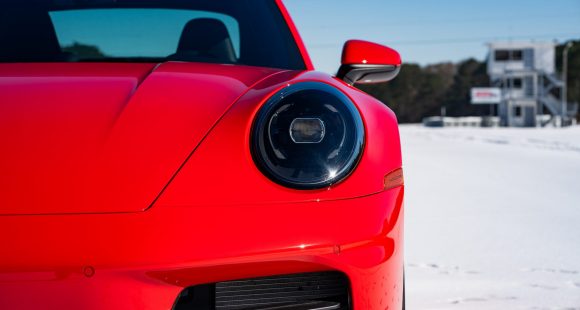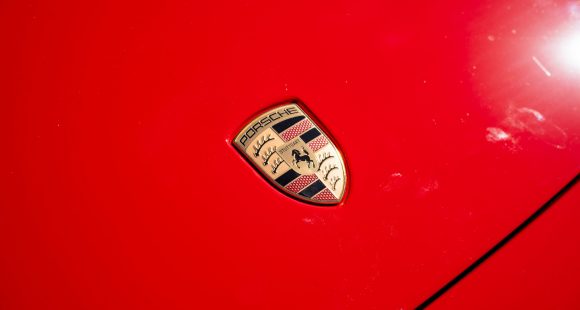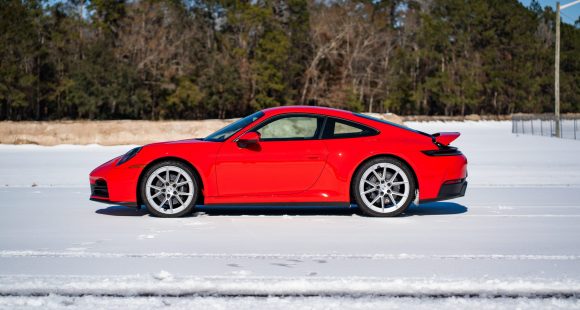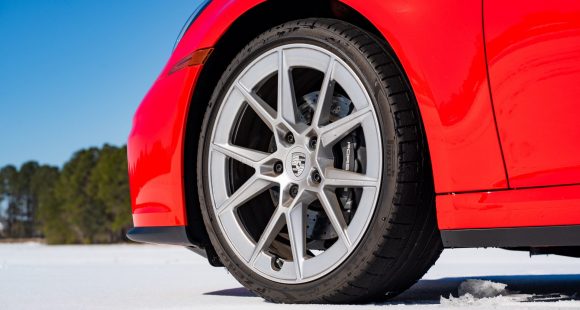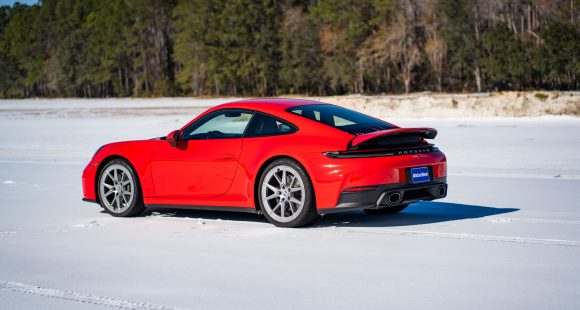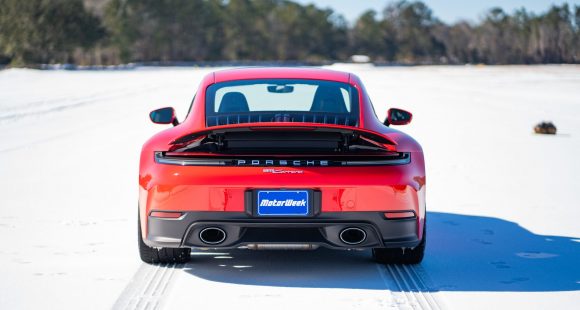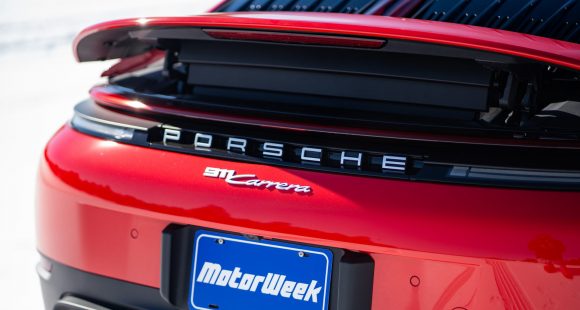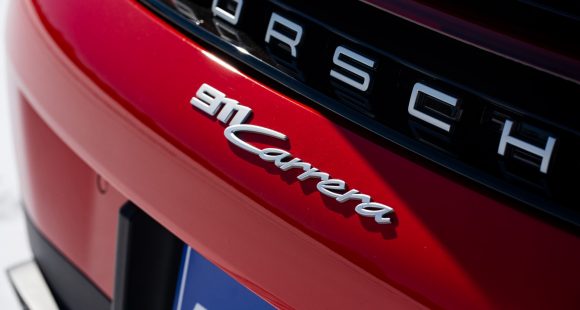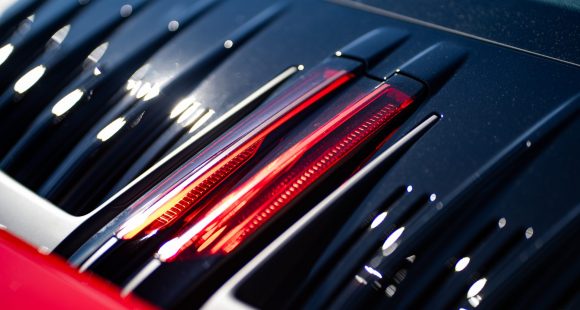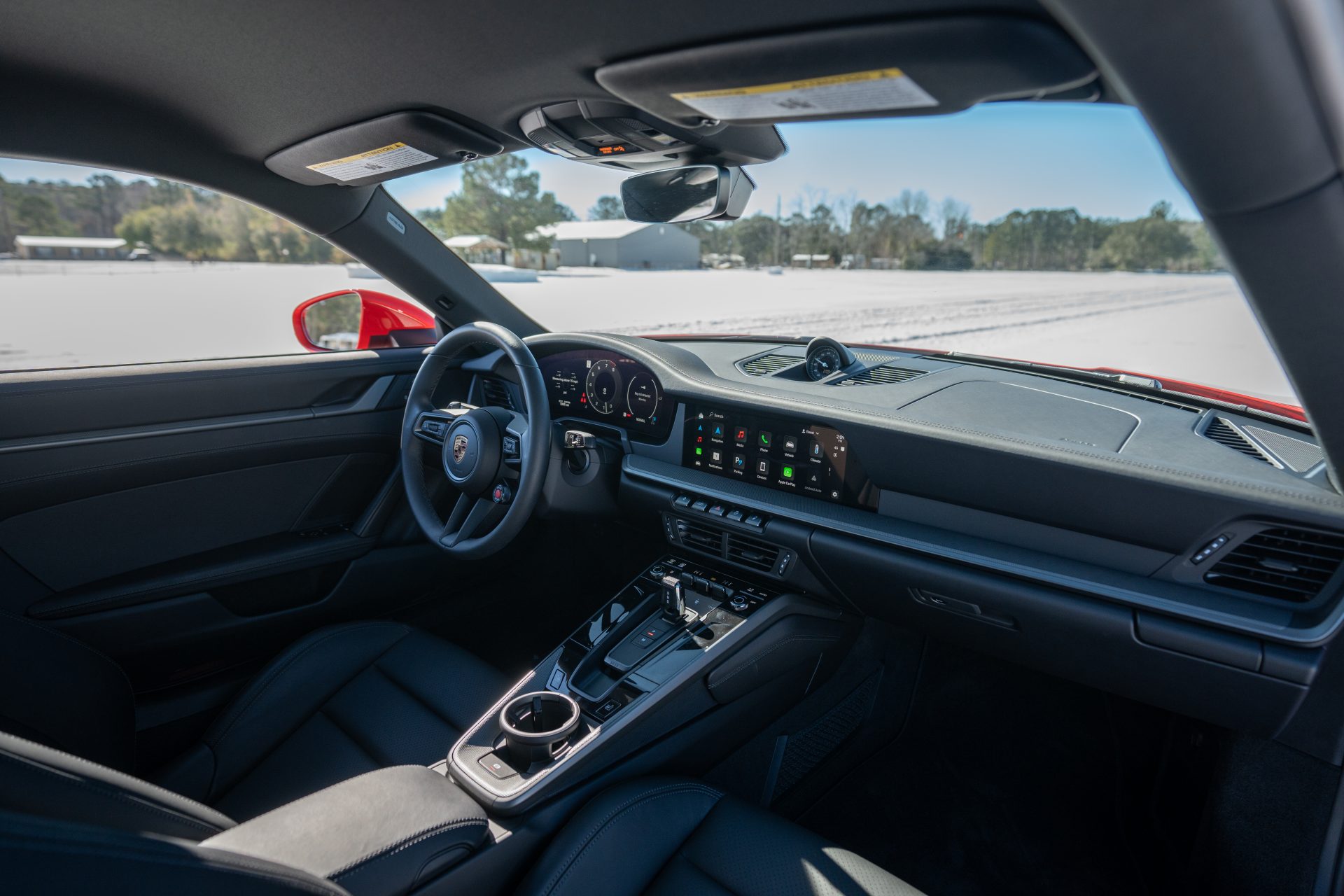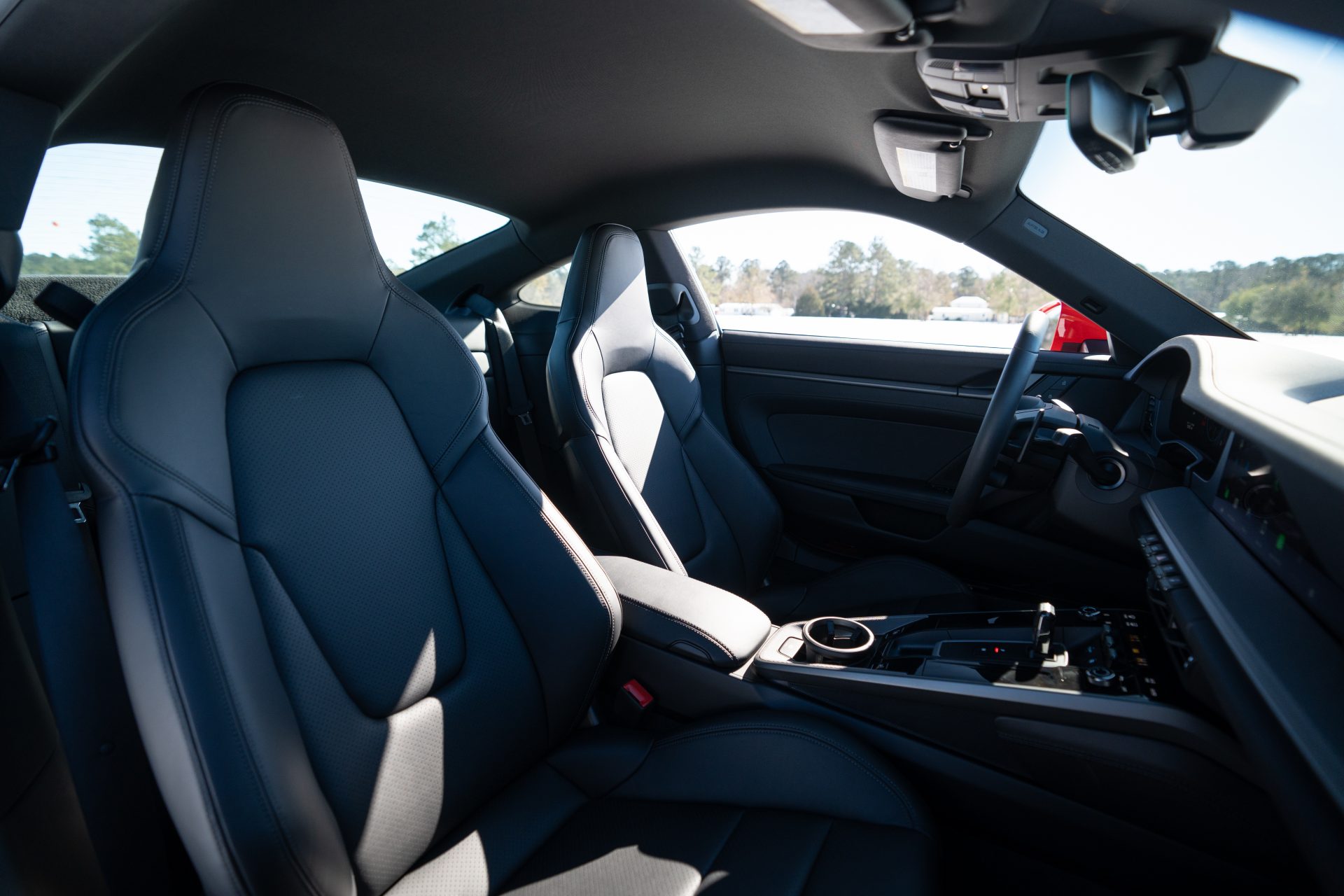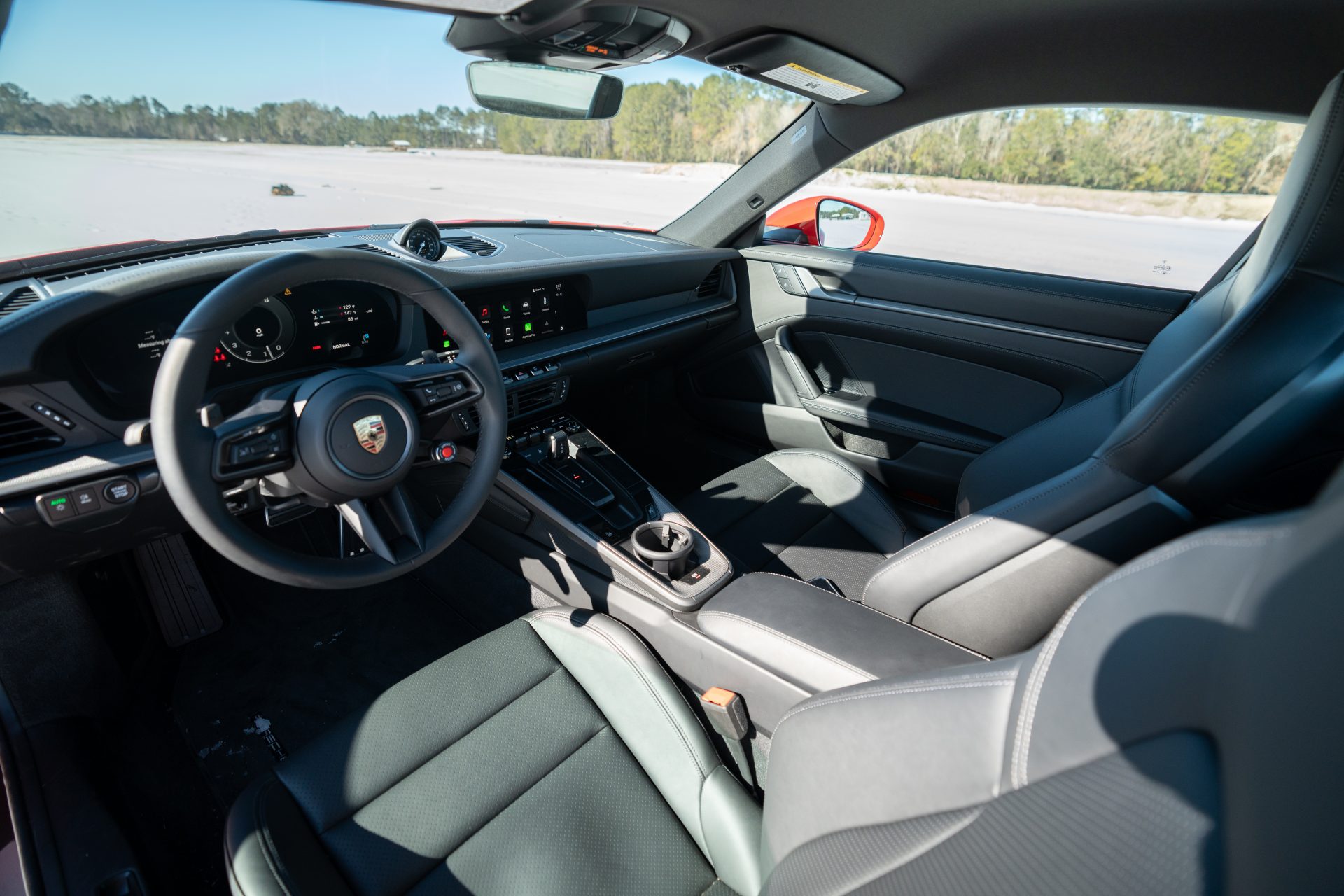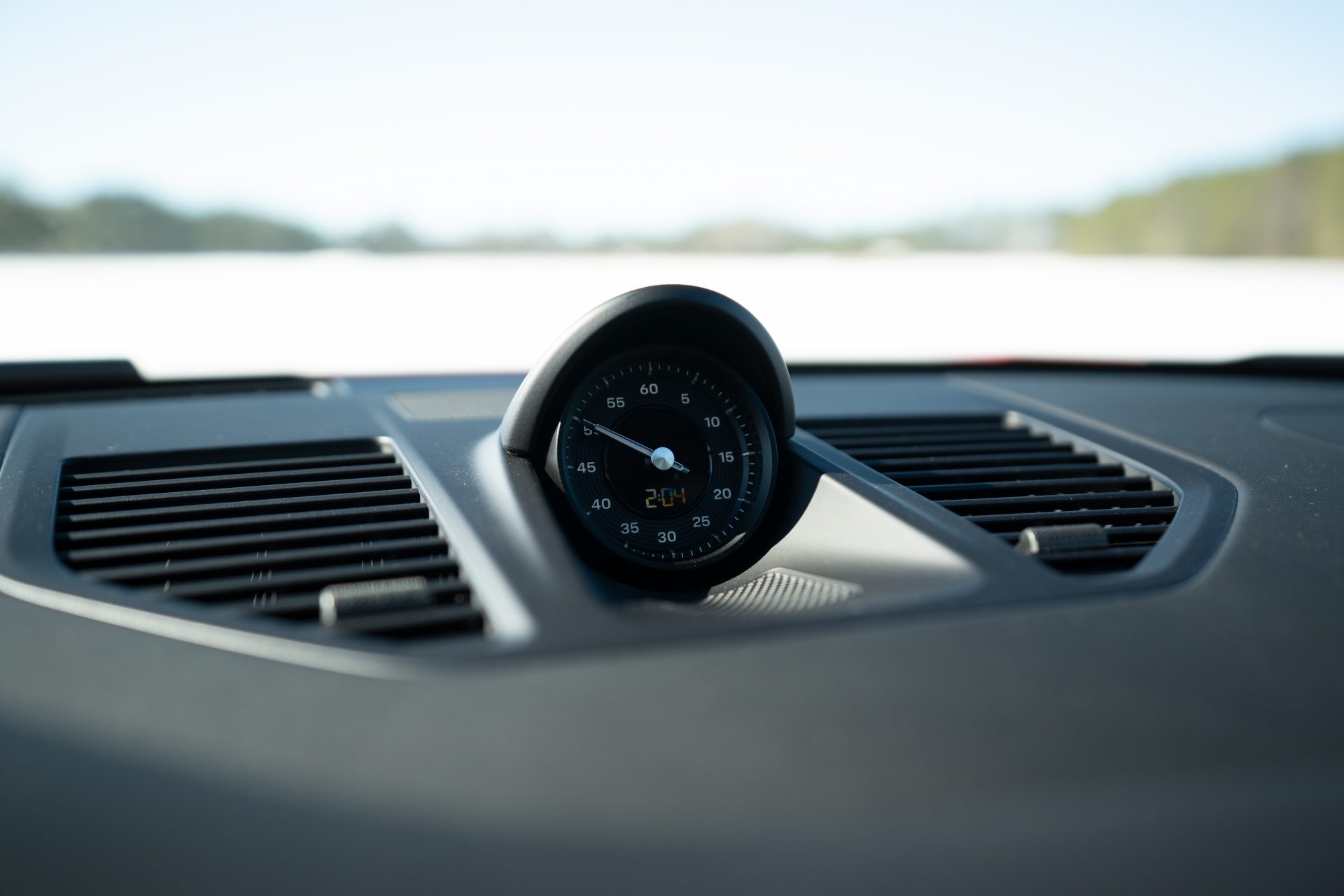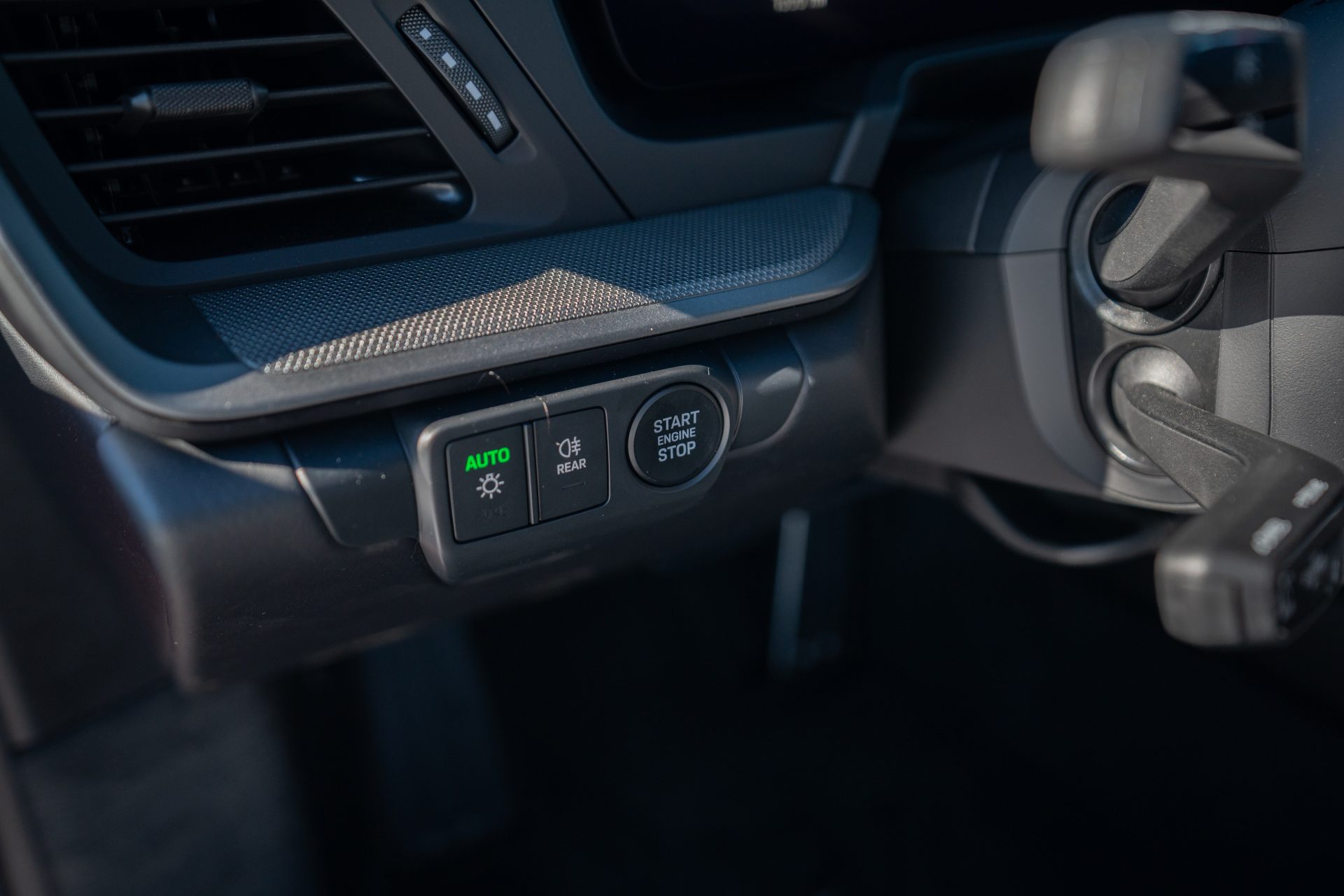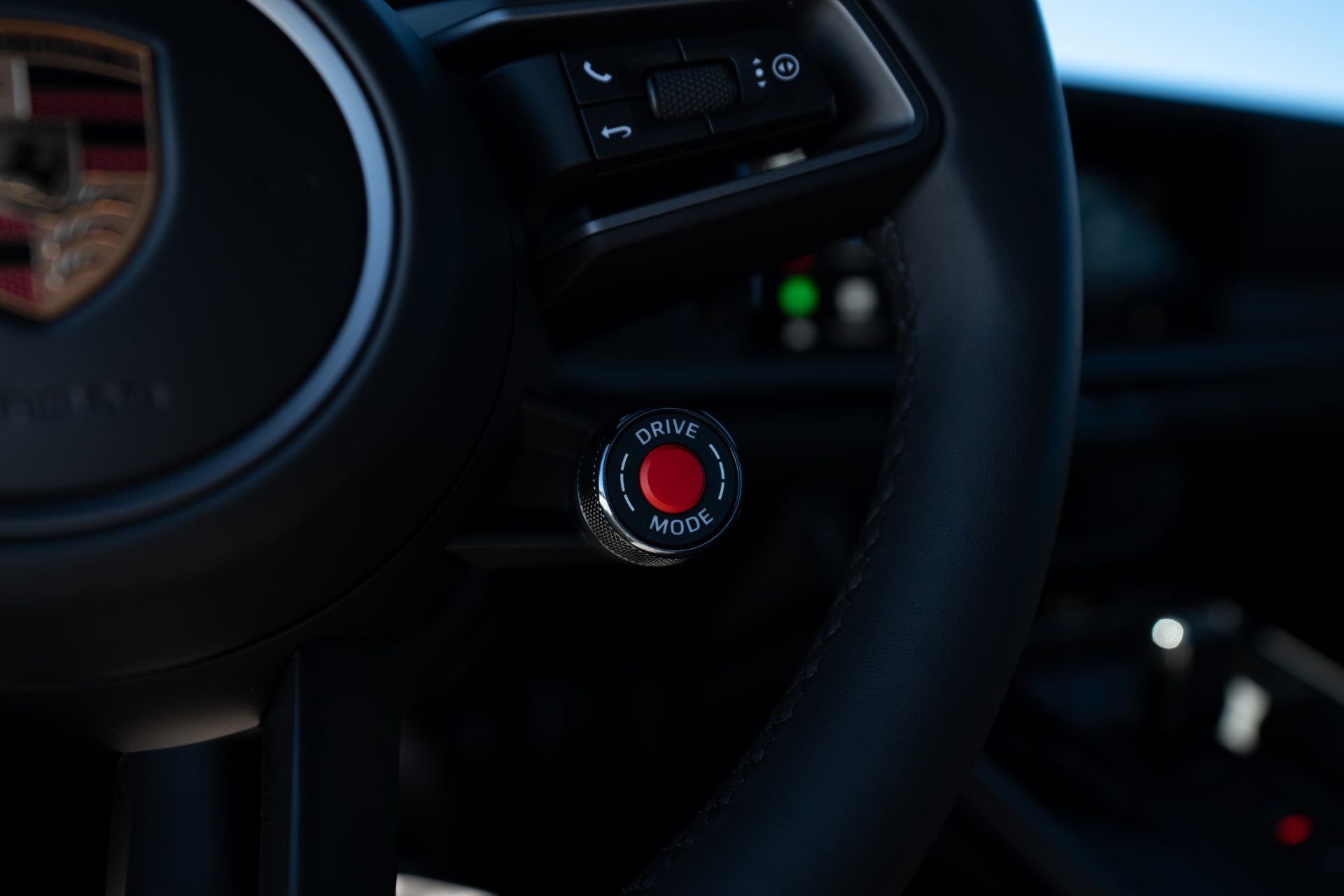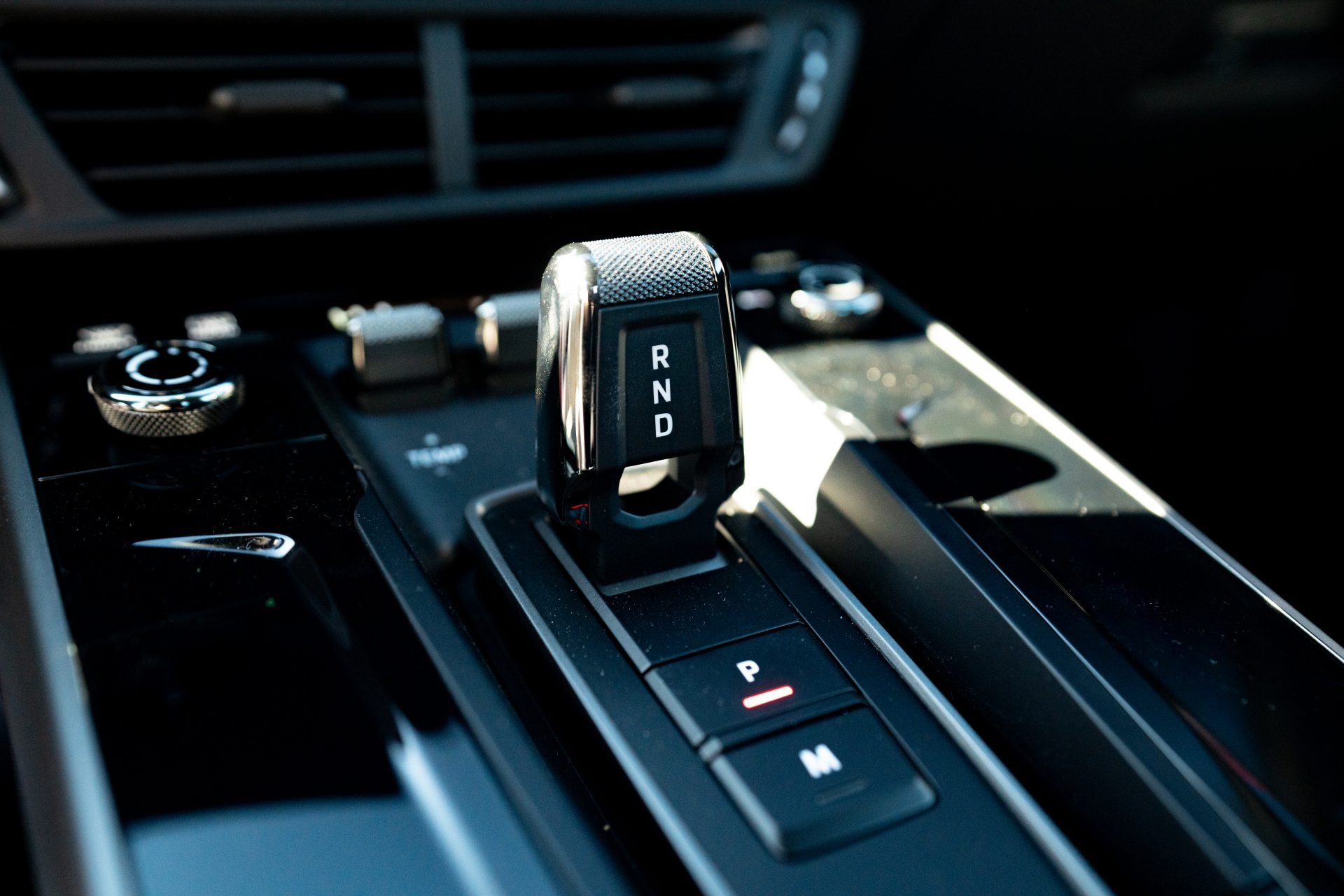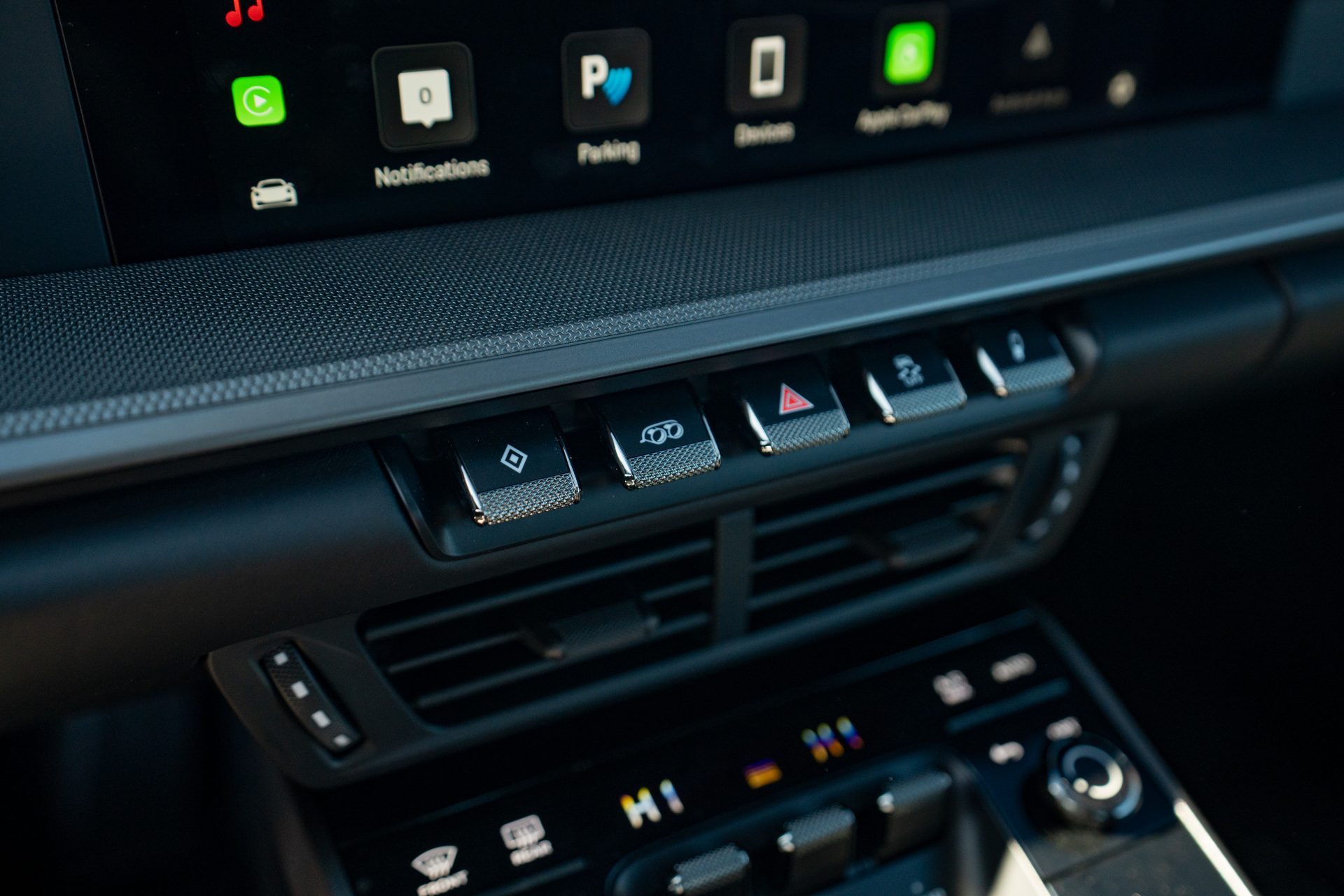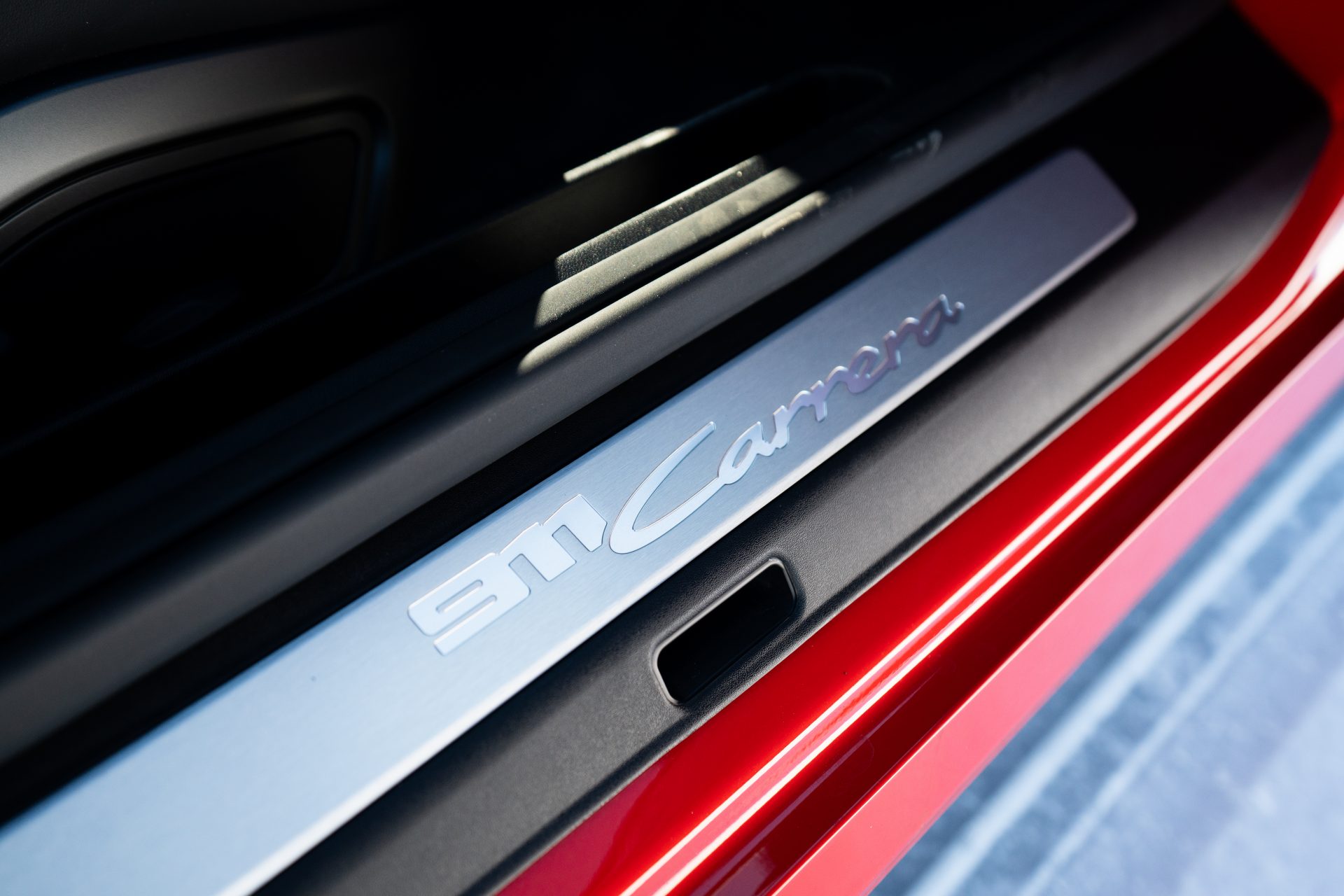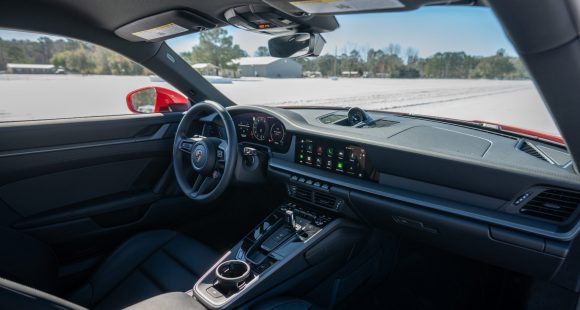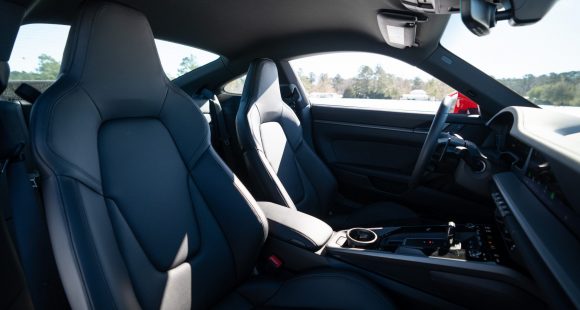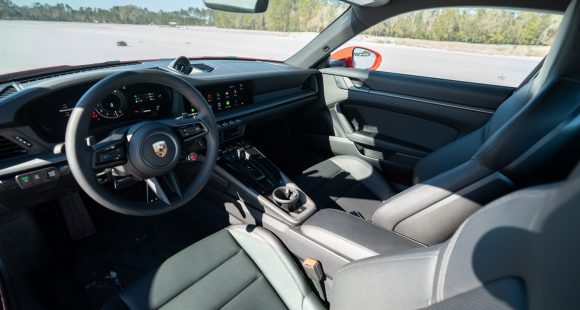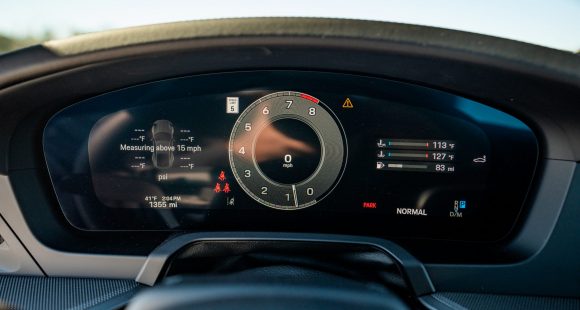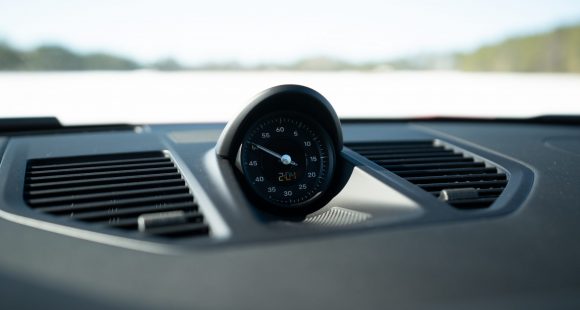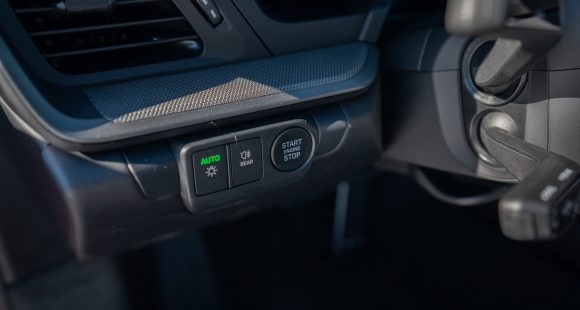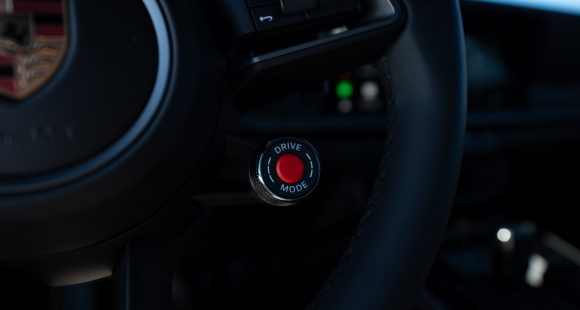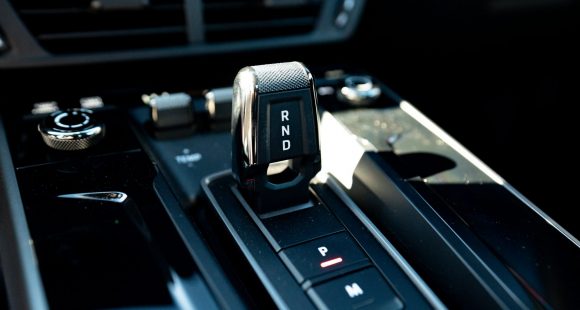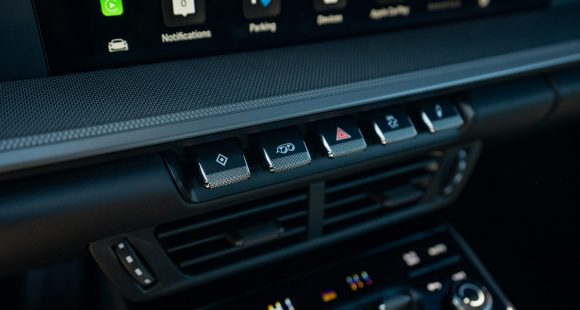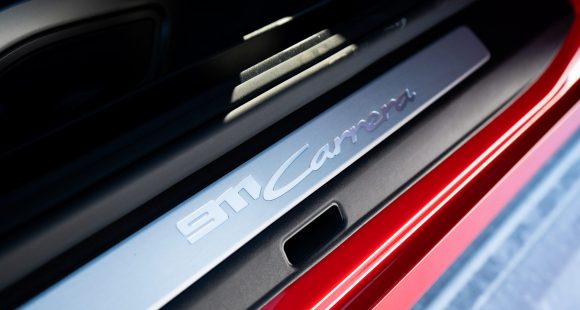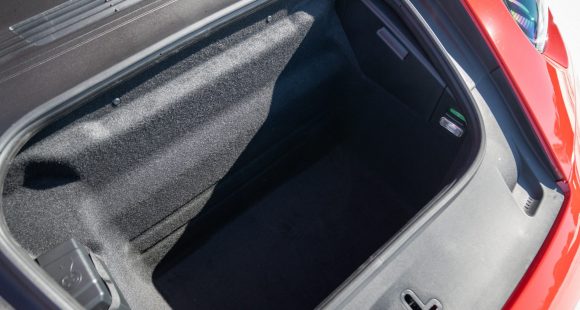2023 Nissan Z
Modern Performance, Retro Inspired
Most people would agree that the original Nissan 240Z was the car that legitimized Japanese sports cars here in America. But much has changed over the last 50-years, a small sporty coupe is certainly not as popular they once were, and the Z went from leading that pack to barely remembered. So it’s Time to see what kind of an impact an all-new Z car will have in the modern performance car landscape.
If you’re old enough to remember the original Datsun 240Z, congrats, you’ve lived a full and hopefully rewarding car enthusiast life; as did the last generation Nissan 370Z. It saw a full 12-years before quietly slipping away in 2020. The new 2023 Nissan Z does away with the numbers in the name; fitting, as this car is about much more than just numbers.
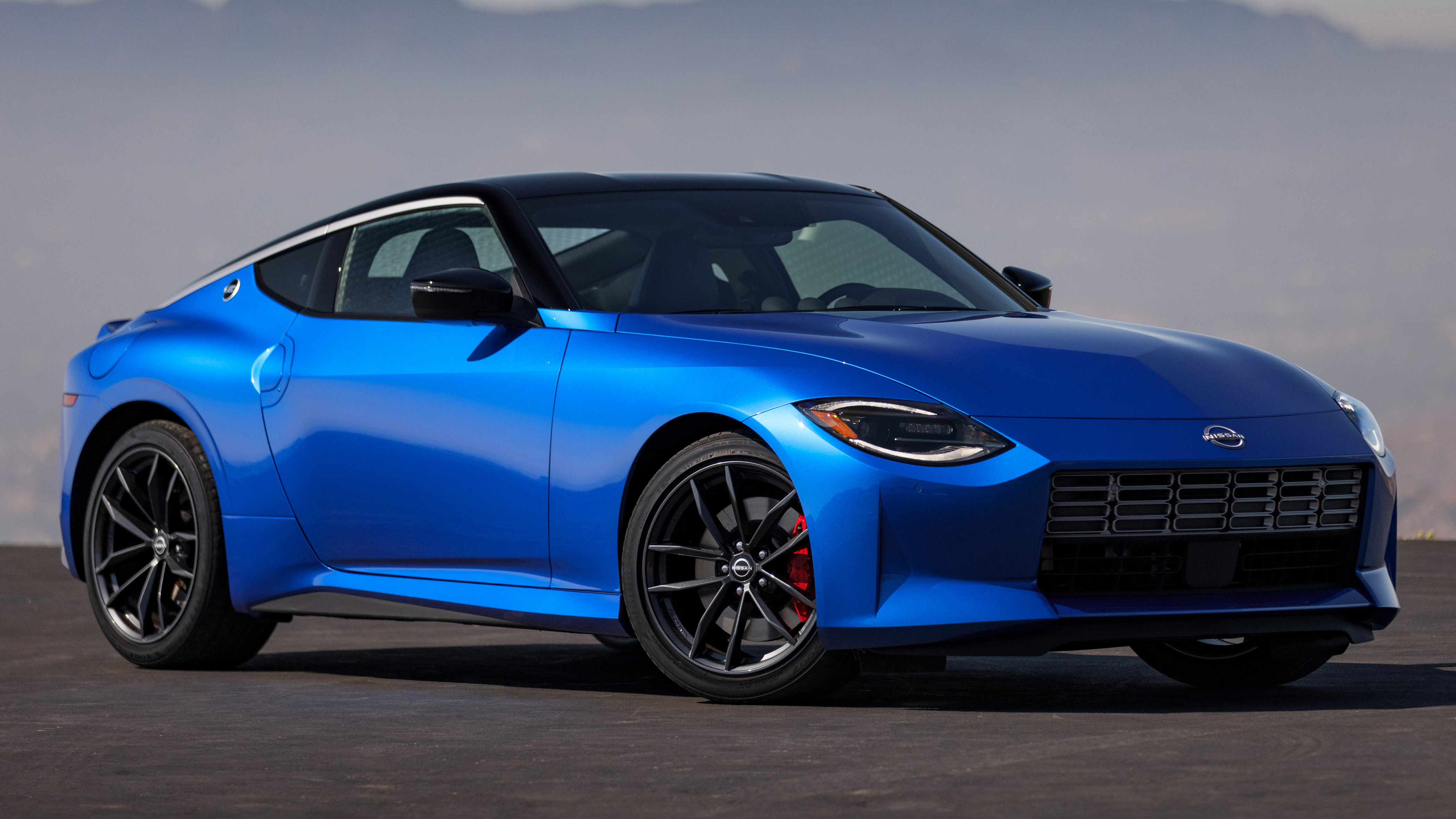 The family lineage of this 7th generation Z is obvious, without any further review required; as there’s less of a design theme and more of a greatest hits collection of previous Zs. There’s the long nose of the original, eye-like headlights of the 240ZG, and taillights reminiscent of the 90’s 300ZX; plus, a subtle hood bulge and black roof; though sorry, no T-tops.
The family lineage of this 7th generation Z is obvious, without any further review required; as there’s less of a design theme and more of a greatest hits collection of previous Zs. There’s the long nose of the original, eye-like headlights of the 240ZG, and taillights reminiscent of the 90’s 300ZX; plus, a subtle hood bulge and black roof; though sorry, no T-tops.
Same exact wheelbase as before, but there’s a new chrome roof spear, and either 18 or 19-inch wheels.
Available in Sport and Performance specs, it’s the Performance that gets the 19-inch wheels along with a mechanical limited slip differential, more aggressive suspension tune, sport muffler, front chin spoiler and rear spoiler.
But, the Z launches with this special Proto Spec edition, limited to just 240 units. It sports unique 19-inch wheels, yellow brake calipers, upgraded leather seating, yellow trim, and even a distinctive shift knob.
The really good news is you don’t have to pay any extra to get max power. All Z’s come with a 3.0-liter twin-turbo V6. It’s not the first turbo-charged Z, but it is the first Z to come exclusively with boost; rated at 400-horsepower and 350 lb-ft. of torque. And yes, it’s the same VR30DDTT engine you can get in Red Sport Infiniti’s.
That’s a substantial jump over last gen’s standard 332–horsepower; and with those turbos, torque delivery is noticeably more intense.
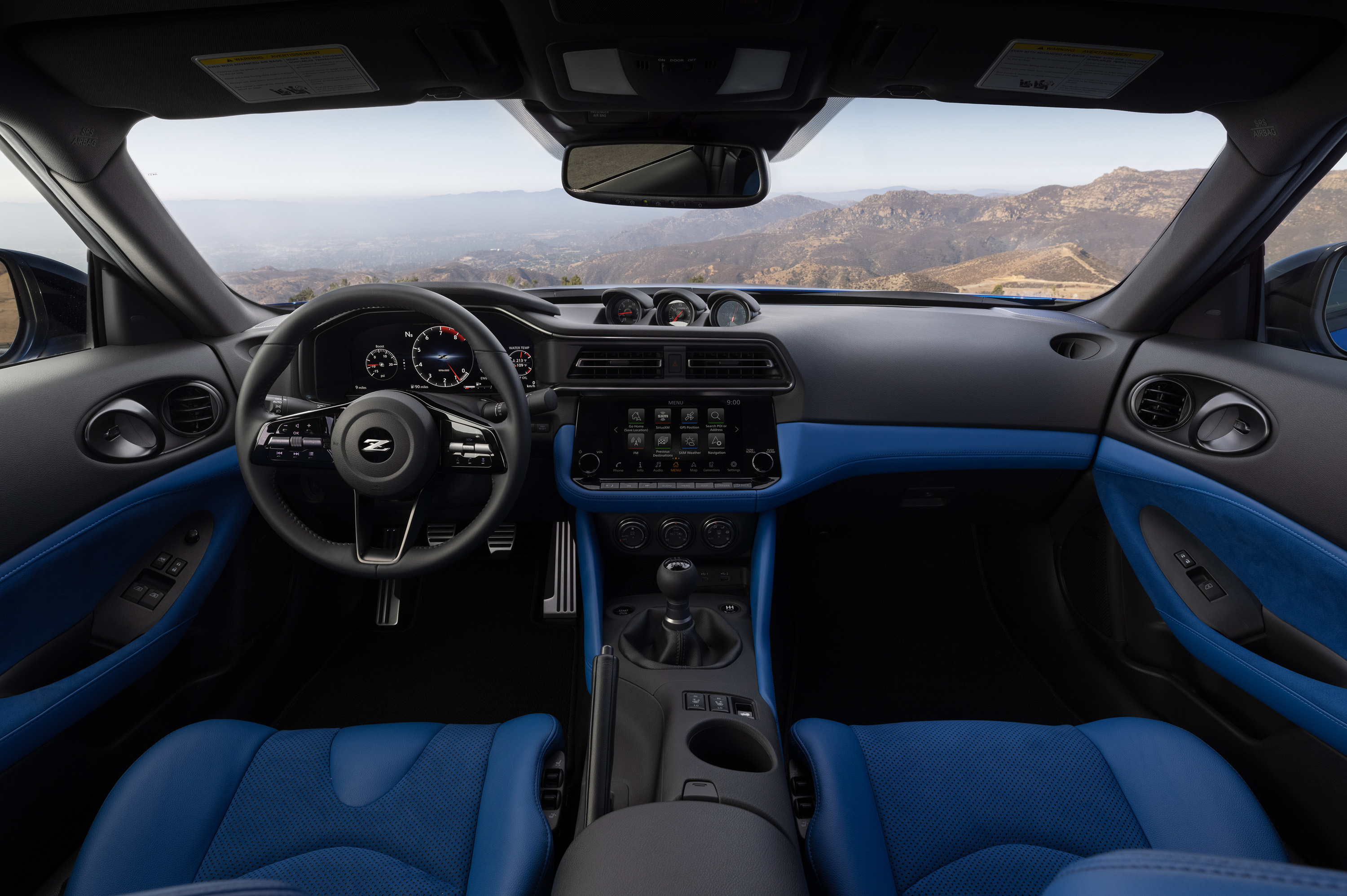 The interior is far more modern than retro, with a center multimedia screen that is either an 8 or 9-incher, while the gauge display is more than 12-inches. Though we were glad to see they still incorporate a trio of analog dials on top of the dash, because who doesn’t like to monitor turbo speed?
The interior is far more modern than retro, with a center multimedia screen that is either an 8 or 9-incher, while the gauge display is more than 12-inches. Though we were glad to see they still incorporate a trio of analog dials on top of the dash, because who doesn’t like to monitor turbo speed?
In the console, is either a short-throw shifter for the 6-speed manual; or an electronic gear selector for the 9-speed automatic transmission.
We manually shifted our Z to the ¼-mile test grounds of Mason Dixon Dragway.
Even with the manual, there is launch assist to help you make a quick getaway; and putting it to use, got us to 60 in 4.5-seconds, 8-tenths quicker than the last NISMO tune 370Z we tested. The clutch is firm and the shifter is solid and works well, provided you don’t try and force it too aggressively.
The engine sounds precise and sewing machine-like more than raw powerful, but is feels hella torquey throughout the 12.9 second ¼-mile, which we finished at 108 miles-per-hour.
All of that torque makes for easy burnouts, but it also powered some quick trips through our handling course.
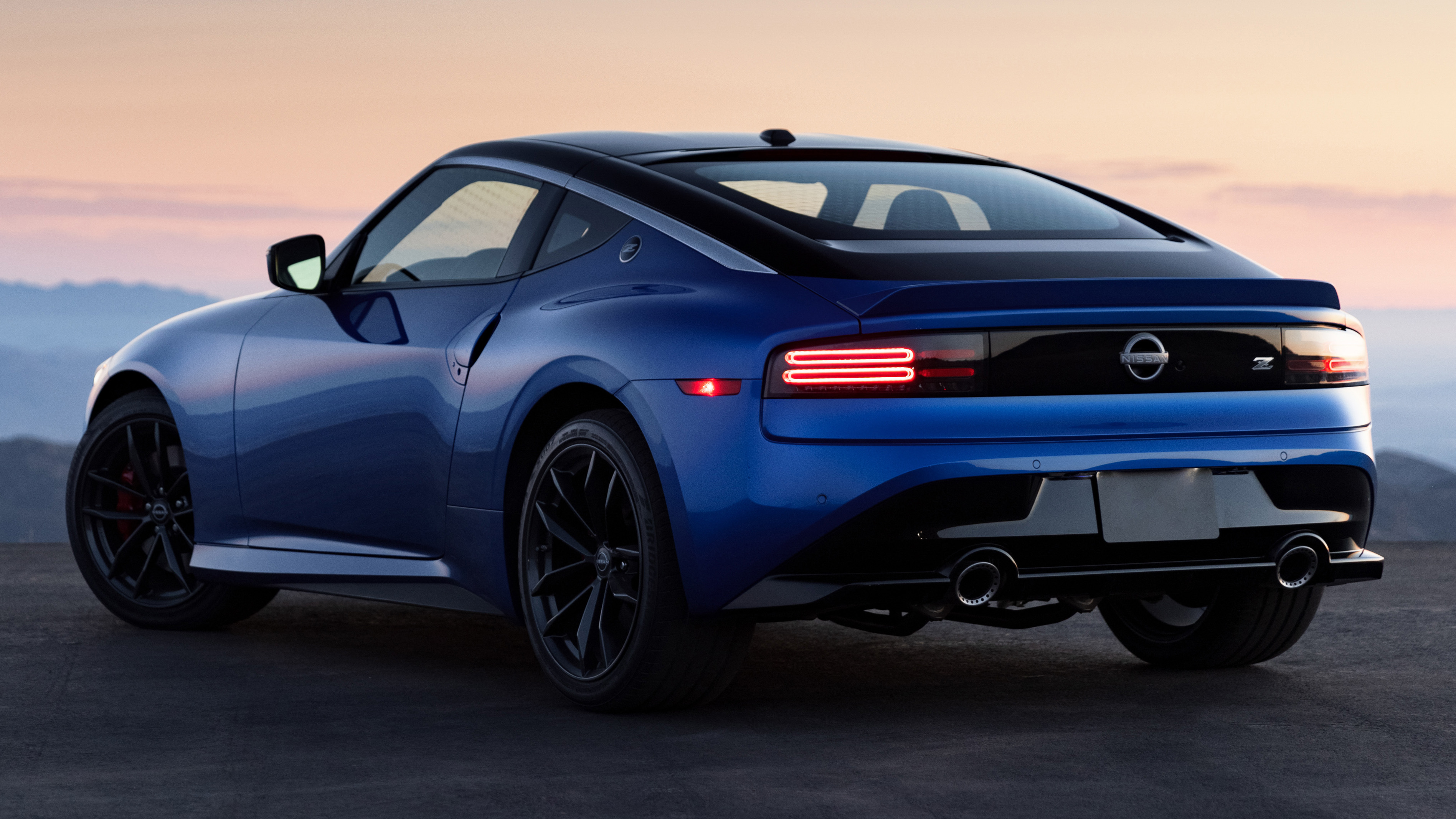 It understeers early at turn-in, but power is smooth for providing the subtle inputs you need for maintaining a good pace. Compared to the Supra it feels softer but also less twitchy. The stability systems let you have quite a bit of fun before stepping in.
It understeers early at turn-in, but power is smooth for providing the subtle inputs you need for maintaining a good pace. Compared to the Supra it feels softer but also less twitchy. The stability systems let you have quite a bit of fun before stepping in.
Underneath is the same basic double-wishbone front and multi-link rear suspension setup from last gen, but tweaked of course, with revised geometry and upgraded monotube shocks.
Brakes were outstanding. Even with a slight bouncing motion, the 3,500-lbs. Z delivered consistent stops from 60 of just 104-feet.
All of this comes with greater comfort than before in both seating and ride quality for the drive home.
Government Fuel Economy Ratings for the manual transmission are 18-City, 24-Highway, and 20-Combined. We averaged a good 22.3 miles-per-gallon of Premium.
That’s only slightly below average for the Energy Impact Score; 14.9-barrels of annual petroleum consumption, with CO2 emissions of 7.2-tons.
Starting Price is only $41,015 for Z Sport; Performance is 10-grand more; undercutting the Toyota Supra by a significant margin. Limited Proto Specs are still available for $55,310.
While it doesn’t break any new ground, Nissan has done a fantastic job with the 2023 Z. They’ve captured the spirit of the original, while delivering a more than notable dose of modern performance, at a still realistic price. Even if the popularity of true 2-seat sports cars has given way to high-output SUVs and track-worthy compacts, it’s great to see brands like Nissan keep the faith. And, anyone with a little petrol still in their veins prays that they can do that for another fifty years.
Specifications
- Engine: 3.0L Twin-Turbo V6
- Horsepower: 400
- Torque: 350 lb-ft
- 0-60 mph: 4.5 seconds
- 1/4 Mile: 12.9 seconds at 108 mph
- 60-0 Braking: 104 feet (avg)
- EPA: 18 City / 24 Highway / 20 Combined
2025 Porsche 911 Carrera
Ever Evolving 911 Reaches New Heights
The Porsche 911 has existed for 60 years now! Amazing! And, you could argue that major changes over all those years have been relatively few, as constant incremental improvement is more the way that Porsche does business. With that in mind, let’s hit the track in the latest 911 and see what constant improvement means for 2025.
We’ve driven so many 911s here at MotorWeek, each seemingly more special than the last, so it’s a bit refreshing to be ripping around Savannah’s Roebling Road Raceway in a 2025 Porsche 911 that’s about as close as you can get to base these days. And the fact that it’s just as fun as all those exclusive pieces says a lot about how far the 911 has come. Perhaps it also speaks to how much a base 911 will set you back today as well; more on that later.
For now, we’re just thinking about the next apex, holding steady throttle as we approach, and getting on it way sooner than you’d expect without upsetting anything, as the 911 rockets off the corner thanks to tremendous grip and a PDK trans that finds the perfect gear before we even gave it a thought. Even with very cold track temps, we never struggled for grip or battled any wheelspin coming off of corners. And trying to land it in that perfect spot in braking zones is easy with strong brake performance that was predictable and consistent lap after lap; no wandering, and great feedback too.
Yes, even the standard 911 is near pure perfection on a racetrack. It gives you all the right feedback, stays incredibly flat through corners, makes you always feel totally in control, and again is just plain fun. Unless you’re chasing lap times, there’s really no need to head further up the 911 tree. Though it is worth noting the few upgrades that were on our Carrera did help the situation a little. The 20- and 21-inch Carrera S wheels enabled plenty of grip from the 305 Pirelli P Zero tires, the Sport Chrono Package allows 0-60 sprints of 3.7 seconds, an extended range fuel tank meant we could lap all day without having to fill up, and the fantastic Sport Seats provided great support and better comfort than we remember experiencing in a 911. The Sport Exhaust system didn’t add anything to performance, but made things sound a whole lot better, and the oval silver tips look great too.
We never struggled for grip or battled any wheel spin coming off of corners.
Our track time got cut short thanks to a rare snowstorm in Coastal Georgia, but the white stuff and blue sky made the perfect backdrop for our Guards Red Carrera. Exterior tweaks for what is officially the 992.2 include a reshaped front fascia with improved aerodynamics. All front lighting is now contained within the Matrix Design LED headlight housing. The rear fascia has also been smoothed out, the license plate moved higher, and Porsche 3D block lettering spelled out across the back beneath the active rear spoiler and new decklid grille.
Even without Turbo in the name, the standard 911 engine is indeed a turbo these days, a 3.0-liter flat-six twin-turbo delivering 388 horsepower and 331 lb-ft strictly to the rear wheels in the Carrera Coupe.
Inside the cabin, the 911 continues its slow crawl towards the modern, now including a 12.6-inch fully digital gauge display and a start button located on the left side of the steering wheel, with drive modes easily accessible on the wheel itself. In another no brainer move, Porsche now makes the rear seat a no cost option, so you can choose if you want it or not.
Government Fuel Economy Ratings are 18 City, 25 Highway, and 21 Combined. That’s only slightly worse than average for the Energy Impact Score; 14.2 barrels of annual oil consumption with 7.0 tons of CO2 emissions.
The good news is this 911 had the fewest number of options of any Porsche that we’ve tested in some time, and it was still plenty awesome; the bad news is, a base Porsche 911 Carrera Coupe now starts at $122,095.
But can you really put value on “the force,” this mythical power that Porsche seems to have, that somehow turns average drivers into great ones? It’s useless to resist as far as we’re concerned, as it only gets better with the 2025 Porsche 911 Carrera.
Specifications
As Tested
- Engine: 3.0-liter twin-turbo flat-6
- Transmission: 8-speed PDK
- Horsepower: 388
- Torque: 331 lb-ft







